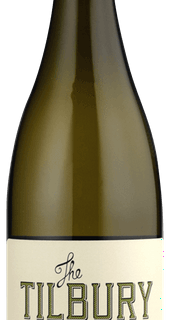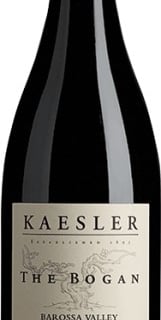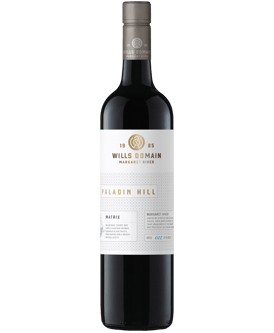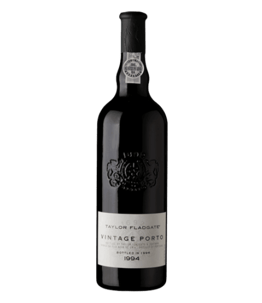
The Shape of the Wine Glass... Matters?
The Shape of the Wine Glass Doesn’t Matter, Does It?
Marjorie Win
10/30/20233 min read
White wine glass, red wine glass, there’s no way it makes a noticeable difference. So we all began the tasting with great skepticism.
The wines on the menu were (mostly) Australian, with a chardonnay from Adelaide Hills, The Bogan Shiraz, a Wills Domain blend of cab sauv, merlot, and petit verdot, and a Taylor Faldgate Vintage Port from 1994 to finish. But with two scientists at the table leading the way, the real test was whether wine in a basic cab/merlot glass would really be any different from a wine in the high-end Gabriel Glas StandArt universal wine glass.
The Wines
We started with the 2018 The Tilbury Chardonnay in the Gabriel Glas. It had notes of grass, orange on the nose, and lemon on the palate, with medium acidity. A pleasant, and drinkable wine, this chardonnay even spoke to the red wine drinkers at the table. General consensus said tasty, and perhaps better with food to balance out the acidity. Average rating was a 3.9.


At this point, we were doubting ourselves and wondered about groupthink. There’s no way the glass could have such an impact. I expressed that if blindfolded, I would not think the Shiraz in the two glasses were the same wine. The scientists at the table got excited and decided to spontaneously throw in a third cup option–the solo cup. To no-one’s surprise, the solo cup completely eliminated any aroma and looking at the wine at the bottom of that ugly plastic cup brought us back to a college party. However, the taste did remain pretty similar to the wine in the cab/merlot glass, it just had less aroma, and less flavor.
The next wine was the 2019 The Bogan Shiraz from Kaesler Winery, from the Barossa Valley. In the Gabriel Glas, the aroma was punchy, fruit forward, with underlying notes of spice. The flavor was bright and fruity, with notes of plum, and light silky tannins. We were shocked to find that in the cab/merlot glass, the wine became mellowed, with a little less bright fruit, and bringing out a vanilla cake, warm aroma. The flavor was completely mellowed out in comparison, bringing out cooked berries, rather than fresh. The Gabriel Glas kept the wine more tight, which retained more of the complexity. The flavors were dialed up; louder. The cab/merlot glass was muted in comparison. For one taster, this wine was a 4.0 in the Gabriel Glas and a 3.7 in the cab/merlot glass. A significant difference.


Next up was the 2019 Wills Domain’s The Matrix, from Paladin Hill. This red blend was jammy, with notes of cooked fruit. I did notice a slight, lingering chalky quality, but it was pleasant. Interestingly, this wine had a similar aroma in both glasses, but slightly different flavor. As with the Shiraz, the Gabriel Glas resulted in a more tannic, bright, tight wine, and the cab/merlot glass muted complexity.


To finish, we were treated to a Taylor Fladgate 1994 Vintage Port. A crowd favorite, this wine had notes of plum and cassis, with a honey-like flavor balance by an underlying earthiness. Paired with a dark chocolate covered almond, more acidity was highlighted, and with a dried date, the sweetness of the wine became the feature.


I am alarmed by our conclusions. If a wine experience can be changed so drastically from one glass type to another, I could be overlooking wines that are not being highlighted by the glass it is served in. As we are still early in our wine hosting journey, I have two sets of completely different wine glasses. If I don’t have a matching set for everyone, that means they could be having different experience with the wine by drinking from a different shape. I am overwhelmed but I love it.
